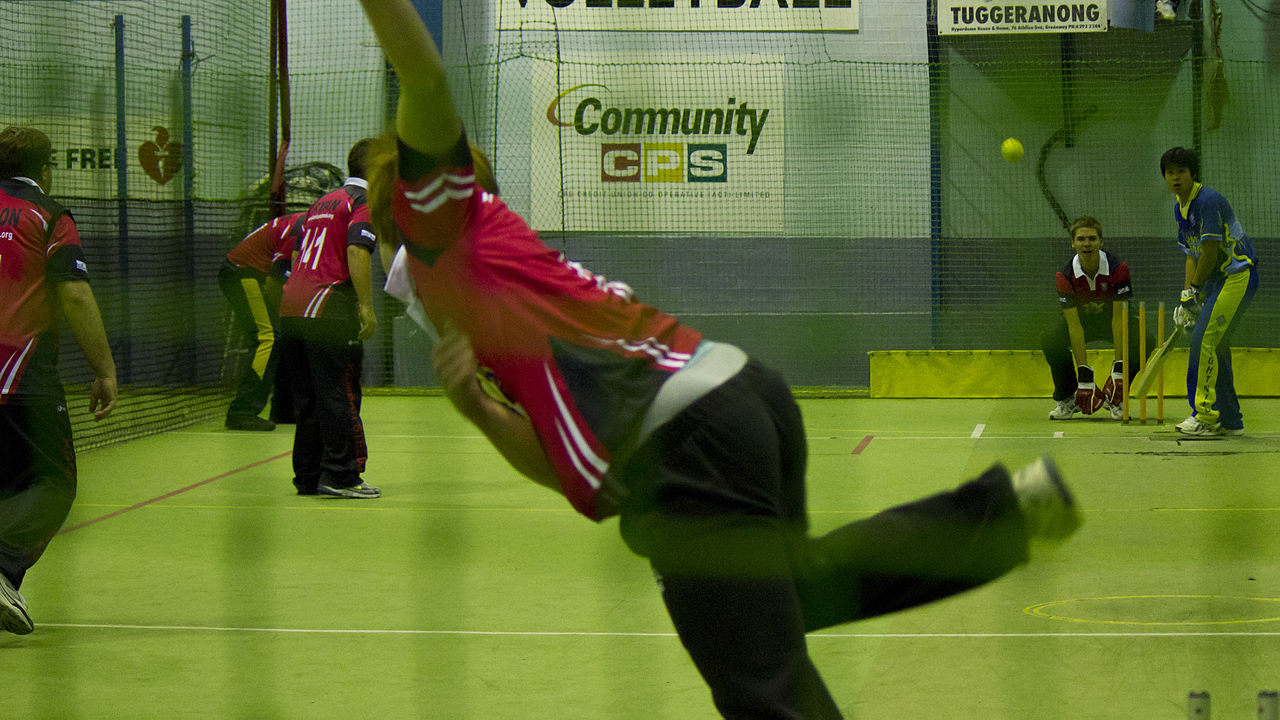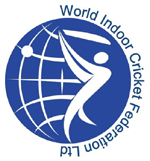Indoor cricket is a variant of and shares many basic concepts with cricket. The game is most often played between two teams each consisting of six or eight players.
Several versions of the game have been in existence since the late 1960s, whilst the game in its present form began to take shape in the late 1970s and early 1980s.
Conventional cricket has been played indoors at Docklands Stadium in Melbourne, Australia. The codified sport of indoor cricket is not to be confused with conventional cricket played indoors, or with other modified versions of cricket played indoors



